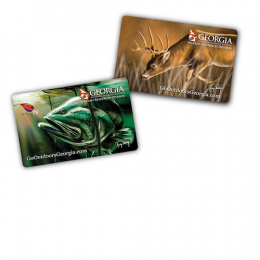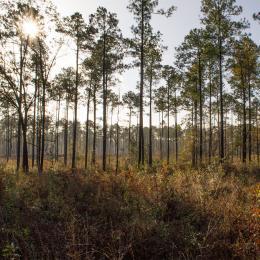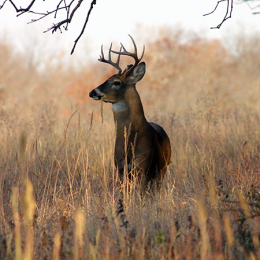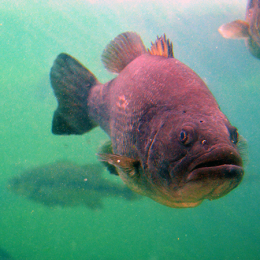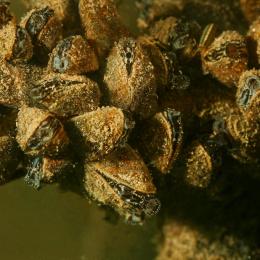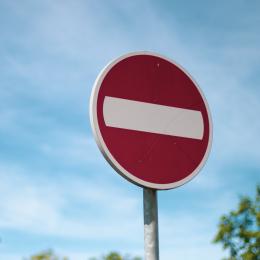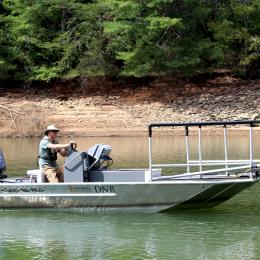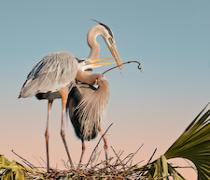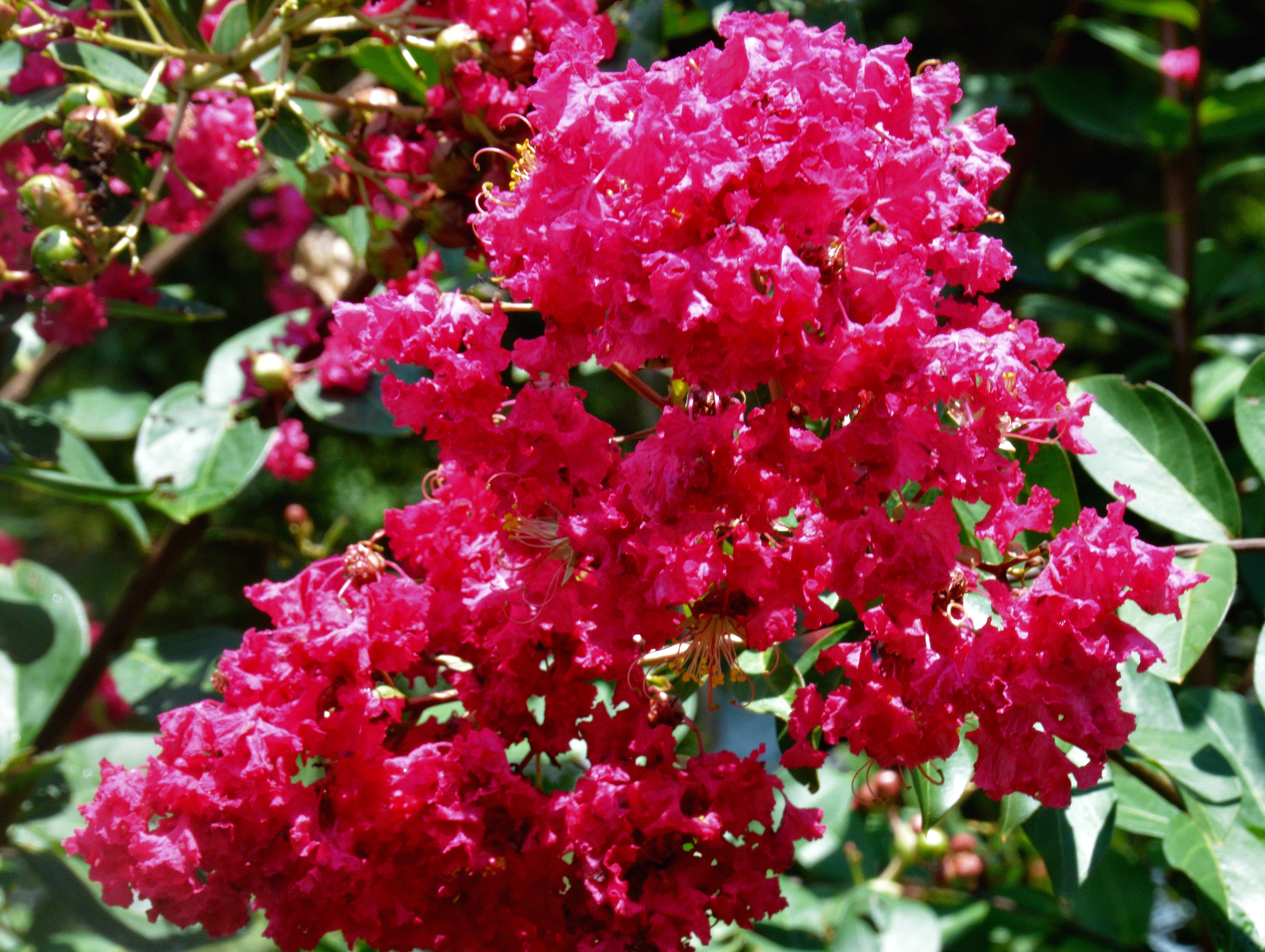
Crape myrtle in bloom (Terry W. Johnson)
By Terry W. Johnson
The crape myrtle landed on North American shores at the port in Charleston, S.C., in 1790. During the more than two centuries since, the Asian import has become one of the most common ornamental trees planted in the South. For weeks now, crape myrtles have been blooming along city streets and in schoolyards, parks and backyards across Georgia.
There are many reasons why this plant is so popular. It has one of longest blooming periods of any of our plants. In Georgia, crape myrtles bloom from spring through late fall. The plants also display an abundance of attractive flowers that range in color from shades of white, pink, lavender and purple to orange, yellow and red. Even the plant’s bark is attractive!
There are some 50 varieties of crape myrtles and the list of cultivars gets longer each year. While most of us are familiar with crape myrtles that attain the size of small trees, some cultivars are small to medium-sized shrubs. If that is not enough to endear them to us, crape myrtles are hardy, growing in a wide range of soil and moisture conditions.
With so much going for the crape myrtle, one could easily assume it is the perfect ornamental plant. But that’s not the case. Crape myrtles are sometimes plagued with insect pests and diseases. Aside from the fact that birds eat the seeds, the vast majority of wildlife enthusiasts consider crape myrtles of little value to native wildlife. They are not host plants for any of our native butterflies and moths, and they are not widely viewed as good nectar and pollen plants.
If you take the time to search for reports exploring the value crape myrtles to bees, you will find such reports are few and far between. However, with heightened concern over the loss of native plant and animal diversity (particularly regarding pollinators), a number of researchers have taken a fresh look at crape myrtles. For example, scientists at the University of Georgia and the University of Florida have been looking at bees’ use of some of the many cultivars developed over the years, and the possibility these plants might enhance pollinator populations in urban and suburban landscapes.
The results of a two-year study UGA study revealed that the bees tracked visited all of the 40 cultivars studied. However, the visits varied by species. The two crape myrtle cultivars that bees – including honeybees, small bees and carpenter bees –visited most often were Seminole, a large shrub that features pink flowers, and Victor, a small shrub that produces red blooms. In comparison, bumblebees displayed a preference for a large crape myrtle with lavender flowers named Apalachee. The cultivars visited the least were Raspberry Sundae, Biloxi and Red Rocket.
Bees also demonstrated an affinity for plants of varying heights. Small shrubs were, on the whole, visited more often than those of other sizes. Medium and large shrubs ranked next in popularity, with crape myrtles that fell into the small tree category drawing the fewest visits.
Different kinds of bees showed preferences for shrubs of different sizes. Bumblebees were more often seen on medium-sized shrubs. Honeybees preferred small shrubs, with large shrubs ranking second. Carpenter bees fed on small crape myrtles most often followed by medium and tall shrubs.
The researchers noted that small bees were the most often seen visiting the cultivars studied. It should also be noted that honeybees were frequent visitors, as well.
Finally, although bees were seen at flowers of all colors, they were most often recorded at blossoms that were dark pink, dark purple and white. One the other hand, honeybees most often frequented pink flowers, while bumblebees displayed a preference for lavender to deep purple blossoms.
One of the interesting findings of a University of Florida study involving 14 cape myrtle cultivars was that, in addition to attracting a wide variety of pollinators, the cultivars also attracted a number of beneficial parasites and predators.
The two studies suggest that crape myrtle cultivars can possibly provide pollinators with much-needed food during middle and late summer when food is often scarce. Since the plants are so hardy and able to grow in a wide variety of locations, they offer the opportunity to help sustain diverse bee populations in urban and suburban settings. In addition, since these cultivars are available in a wide range of sizes: Some can be grown in small yards as well as in containers placed on patios and decks.
In the minds of many wildlife enthusiasts, the research results may do little to improve their opinion of the untold number of crape myrtles found in the Southeast. However, some of these new cultivars might eventually change that.
Terry W. Johnson is a retired Georgia DNR program manager and executive director of The Environmental Resources Network, or TERN, the friends group of DNR’s Wildlife Conservation Section. Check out past columns, his Backyard Wildlife Connection blog and his book “A Journey of Discovery: Monroe County Outdoors.” Permission is required to reprint a column.






